In the used car market, the mileage on the odometer is an important factor that affects the selling price.
For example, the same model and year of car, but those with lower mileage often have higher prices. This means that the higher the mileage on the odometer (odo), the lower the value, and vice versa.
Nowadays, many people choose to buy used cars to save costs while still being able to experience modern car models. However, when buying a used car, users often encounter the problem of tampered odometers, which increase the price of the cars significantly.
This is not only dishonest business but also affects the safety of the car, such as engine components, engine wear, and deterioration of functions over time.
Users should keep in mind a few tips to avoid buying cars with tampered odometers.
Evaluate the actual condition of the car
Used cars that have been used for services and are now being sold are often cars with reversed meters because they often have to operate at high frequencies.
Normally, cars used for personal purposes will have odometer readings ranging from 10,000-20,000 km per year. Meanwhile, service cars will have odometer readings that are three to four times higher than normal cars.
Therefore, if the cars for sale are claimed to be service cars but have lower odometer readings, there is a high chance that they have been tampered with.
Check the vehicle maintenance log
One of the commonly used methods to check if a car has a tampered odometer is to check the vehicle’s maintenance log, which can provide information about the actual mileage of the car.
Each car will have its own maintenance log. During maintenance, the technicians will record the car’s mileage in the logbook. When buying a used car, you should request the seller to provide the maintenance log for inspection. If the seller refuses, then it is highly likely that the car has some issues that the seller wants to hide.
Observe the car’s details and parts
To know about the car’s condition, the buyer needs to carefully observe the area around the doors. Specifically, if you notice that the paint on the step when opening/closing the door is too scratched or too new compared to the car’s age, then you should suspect that the car’s odometer has been tampered with.
In addition, try opening/closing the door and check if it feels solid or loose. If it feels loose, it means that the car has been used for a long time.
If the car has been heavily used, the control pedals, gear lever, and handbrake will show clear signs of wear. If the degree of wear exceeds the mileage displayed on the car, then you should suspect that the car’s odometer has been adjusted. If the pedals are too new, they may have just been replaced.
When buying a used car, the buyer should also carefully observe and inspect the nuts inside the engine compartment. If the screws appear worn, greasy, and show signs of being unscrewed multiple times, it means that this car requires regular repairs.
Or if the car uses a mechanical odometer and you see that the odometer’s face is scratched, old, smudged with fingerprints, and the surrounding clamps and screws are loose, it may have been tampered with.
For cars with electronic odometers, they can only be checked using specialized tools, machinery, and software.
Test drive the car
To accurately assess the actual condition of the car, the buyer still needs to test drive it. For cars that have been used extensively, even if the odometer has been reversed, overhauled, or repaired multiple times, the quality of the car cannot be compared with less used cars. The weaknesses of the car will manifest when you test drive it.
A consultant advises that you should drive the car on rough roads, highways, while maximizing the air conditioning. This will help you easily detect problems in the chassis and engine.
During the test drive, if you feel that the engine is sluggish, slow acceleration, noisy and vibrating, or the gearbox is not smooth, it may mean that the car is old or experiencing issues.
TH (Tuoitrethudo)




























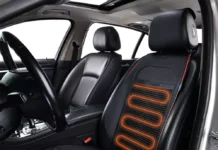
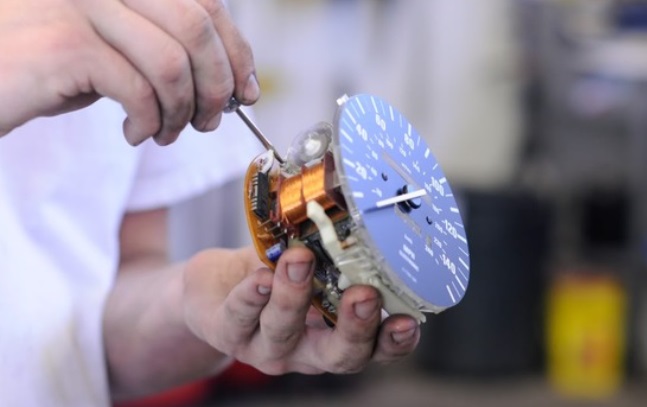
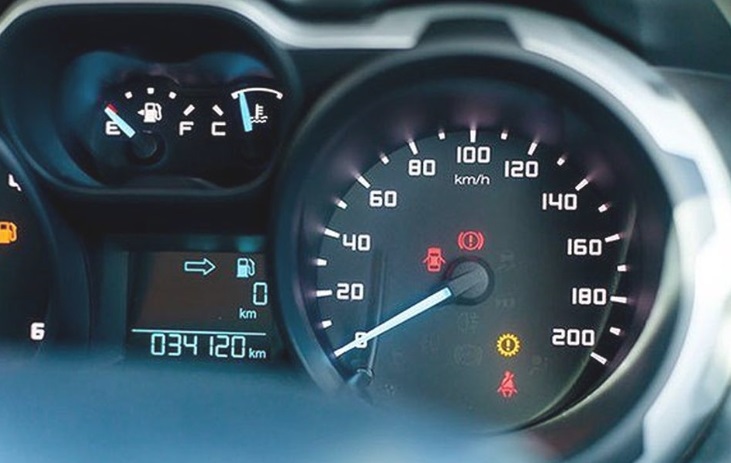
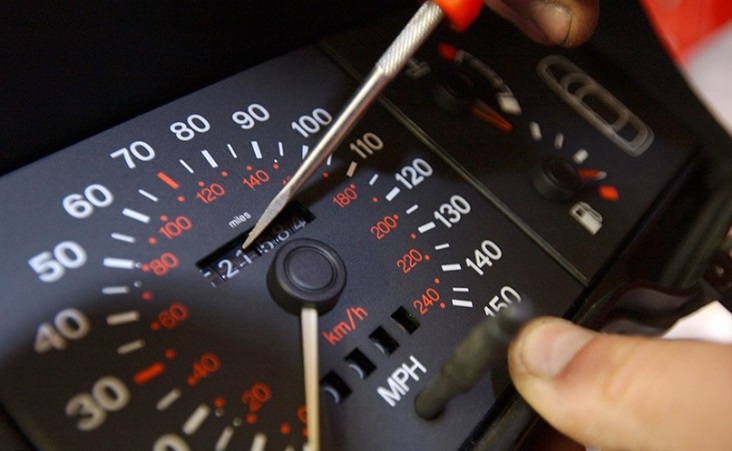
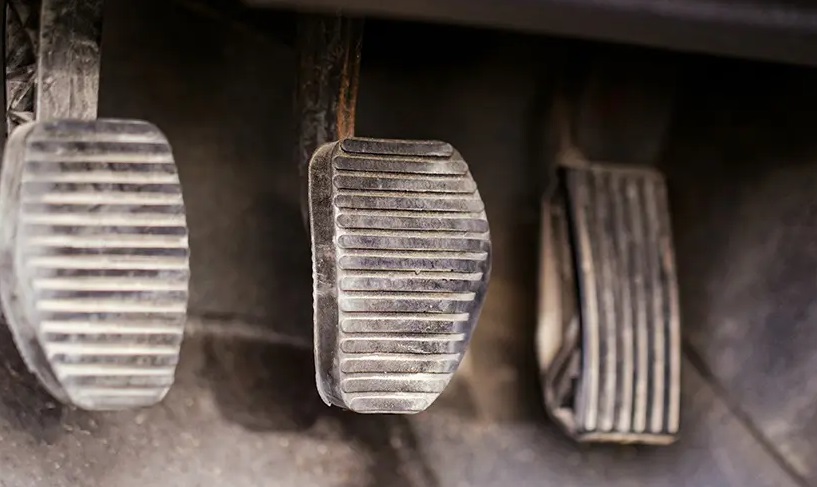
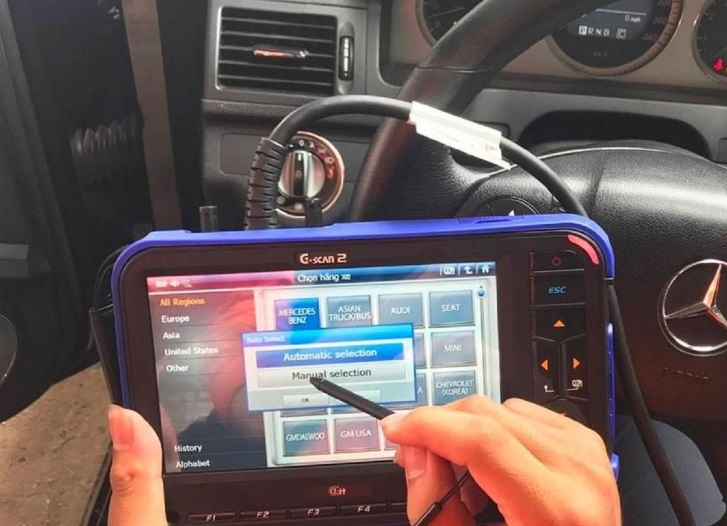











![[CAR REVIEW] Range Rover Evoque 2022: Exuding luxury and prestige](https://vnauto.net/wp-content/uploads/2023/11/Xehay-RREvoque-23082022-17-100x70.jpg)